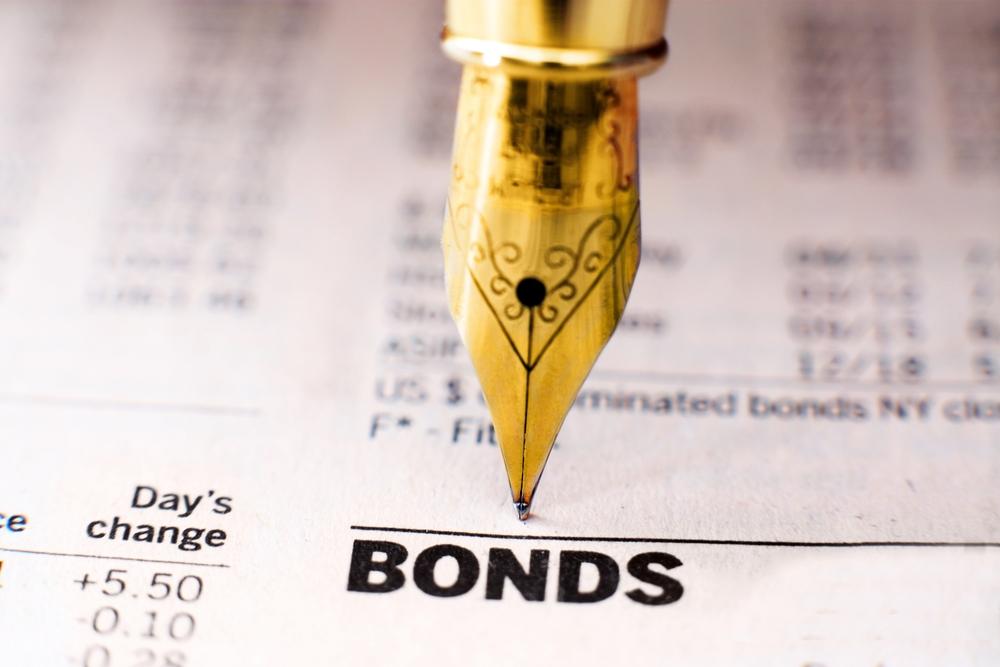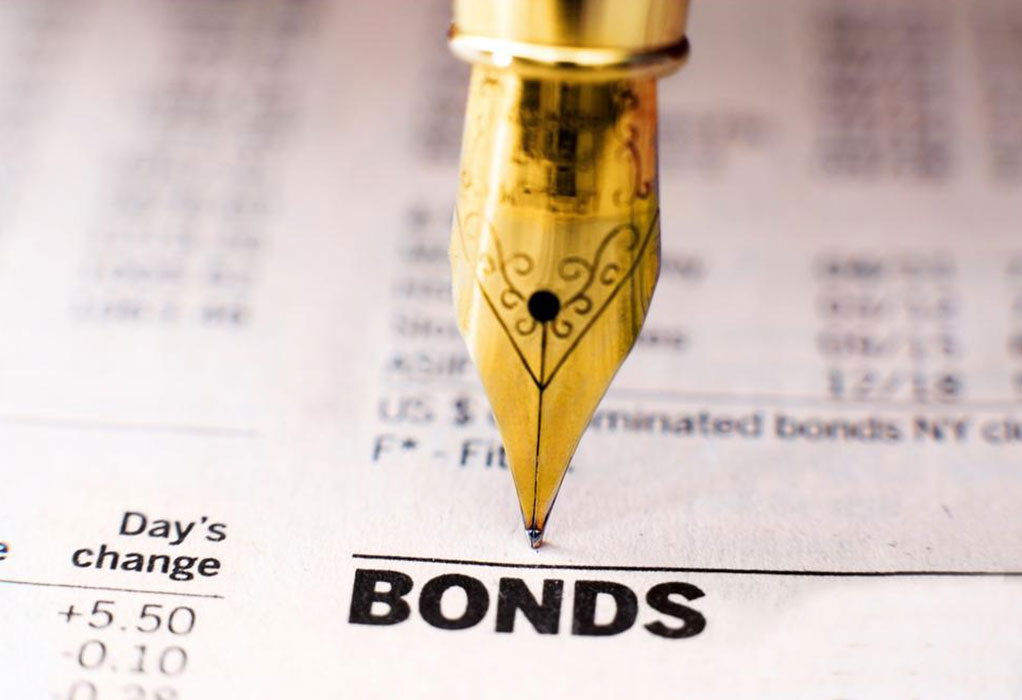Comprehensive Guide to High-Yield Bond Funds
This comprehensive guide explores high-yield bond funds, highlighting their potential for higher returns, associated risks, and suitability for investors with a high-risk appetite. It offers insights into performance trends, risk considerations, and diversification benefits, aiding investors in making informed choices about fixed income investments.

Investors often weigh the balance between potential gains and associated risks before committing to an investment. Understanding the nature and expected performance of an asset is crucial for informed decision-making.
Among various financial instruments, bonds are prominent for long-term growth. High-yield bonds, also known as junk bonds, offer elevated returns due to their lower credit ratings, which are just below those of treasury or investment-grade corporate bonds. High-yield bond funds tend to deliver higher yields but come with increased debt levels and risk.
Risks associated with high-yield bond funds
These funds involve significant risk. The default rate can reach around 4% annually, with defaults remaining relatively steady each year. The bond prices tend to be highly volatile and sensitive to market fluctuations. While they can perform strongly in favorable conditions, they tend to decline sharply when market confidence wanes. Prospective investors should evaluate their risk tolerance carefully before investing in high-yield bonds.
Expected returns from high-yield bond funds
Return prospects are a key concern. Historically, over a decade, high-yield bond funds have consistently outperformed many other fixed income assets, offering solid returns with an attractive risk-reward profile. During periods of high investor confidence, their performance improves further. If you already invest in high-risk ETFs or mutual funds, these bonds can diversify your portfolio. Long-term investors with a high risk appetite may find these funds a suitable option for growth and portfolio balance.










